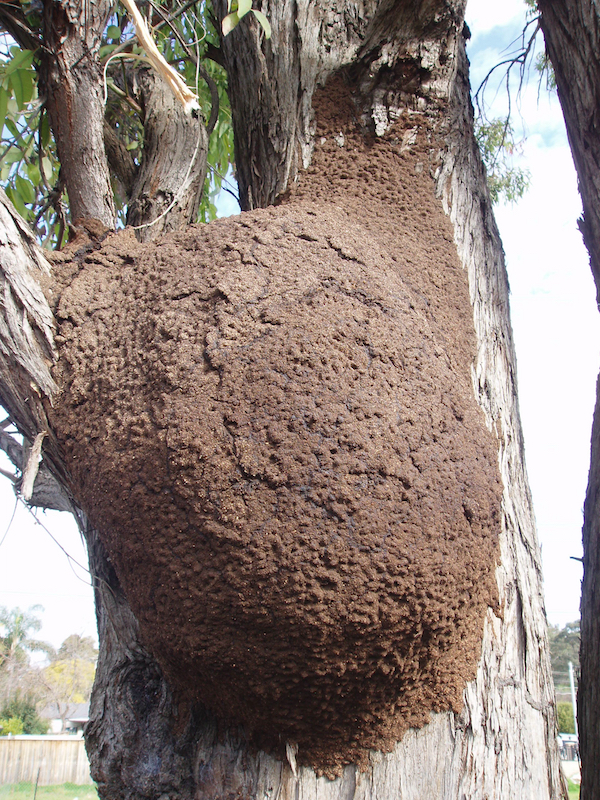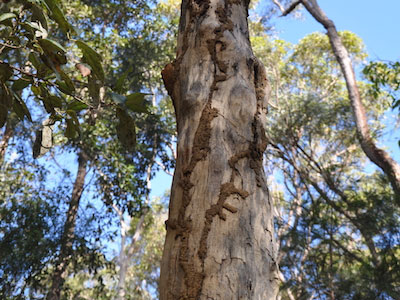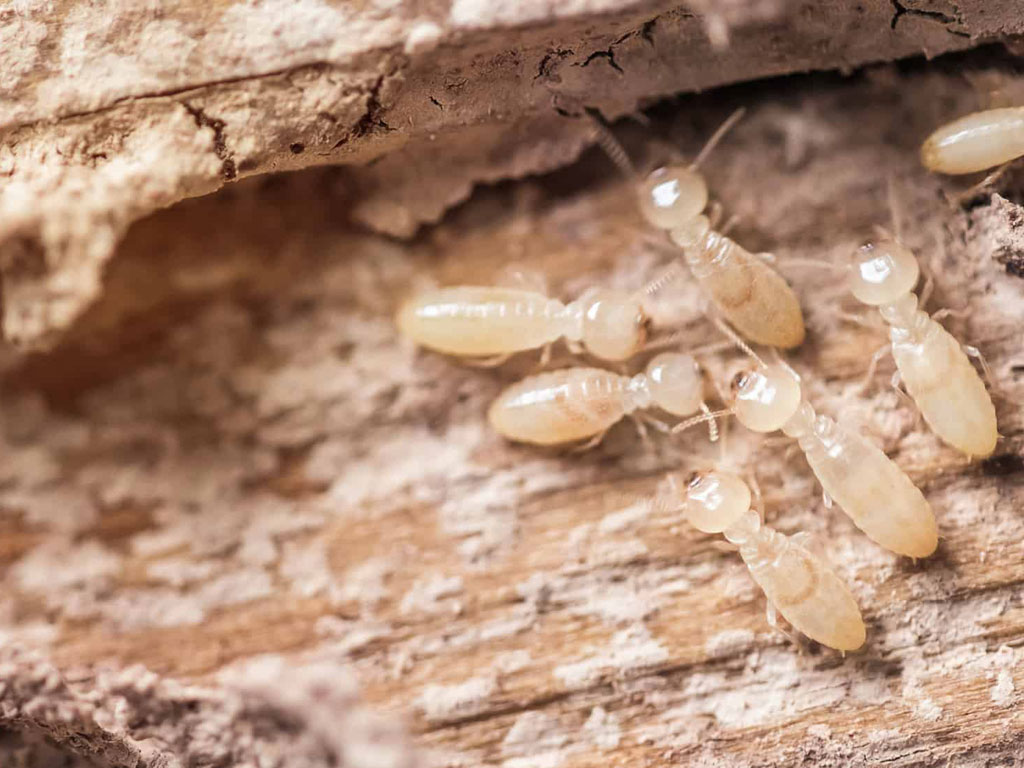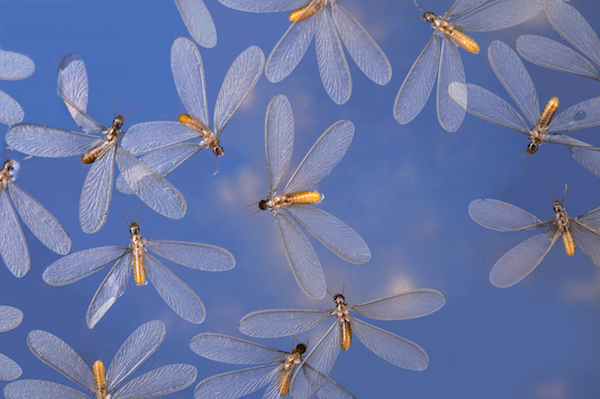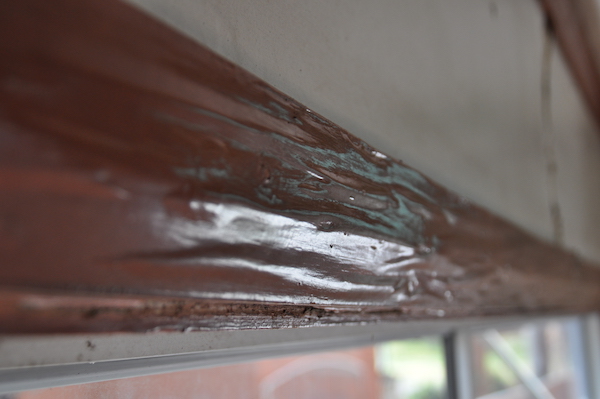Termites cause up to $1 billion of damage to property in Australia each year! CSIRO estimate that 1 in 5 properties have a history of termite attack and this is probably nearer 1 in 3 in the areas of higher termite pressure. The bottom line is that unless you take preventative actions, there’s a fairly good chance your home will come under termite attack at some point.
With termite damage not covered by the standard home insurance policies, regular annual termite inspections are a must. However, as termites could move into your property between one inspection and the next, it pays to know the obvious signs of termite activity.
However, since the main pest termite species in Australia are subterranean termites (they live underground), their activity is not always easy to spot.
Here are the top 6 signs of termite activity that every homeowner should be aware of:
1) Termite nests
Most termite nests are sited in tree trunks or hidden completely underground. But some termite species create mounds on the ground (some small, some big) and others create arboreal nests (in the branches of trees). These nests should be pretty easy to spot, but do not always belong to species that are a major concern.
2) Termite mudding
Termites need moisture and humidity – they have a soft cuticle and readily dry out. As such, when they come above ground, they build mud shelter tubes to allow them to move safely to their feeding sites. Spotting these mud tubes on fencing and trees is often the first obvious sign that termites are in the area.
Clearly if you spot these mud tubes on the walls of your home, in the roof void or sub-floor (if you have one), you home is already under attack.
Sometimes termites will create extensive mud sheets, rather than mud tubes, when feeding on an area of wood.
3) Worker termites (“white ants”)
Worker termites (the ones that cause all the damage) are often called “white ants” because of their general resemblance to ants. But actually, they’re more closely related to cockroaches.
Worker termites will obviously be found inside the mud tubes and any area they are feeding. When you’re gardening, it’s common to find termites under rocks and logs or in the wood mulch.
4) Flying termites
The flying termites (alates) are the new kings and queens that are produced by mature termite nests. They take off in large numbers on warm humid nights in spring and summer.
They don’t look like the worker termites – they are brown in colour with obvious eyes and two pairs of equal sized wings. When they pair off and land, their wings fall off easily, and the termite pair moves off to try and find a new place to start a nest.
If you spot these alates flying around lights in the evening or spot large numbers of wings on the ground in the morning, it means there is a nest nearby or worse still in your house!
5) Termite damage
Ok, so major damage should be easy to spot, but it’s the subtle signs of termite activity / damage that can be useful to spot – intercepting the problem sooner rather than later will limit the damage and costs.
Here are some of the signs of potential termite damage:
- Bouncing / spongy floor boards
- Doors / windows that don’t shut properly
- Ripples in paintwork
- Mud spots on wood or plasterboard
